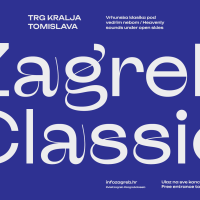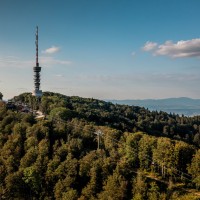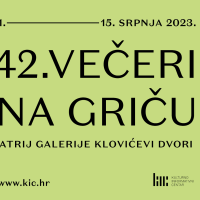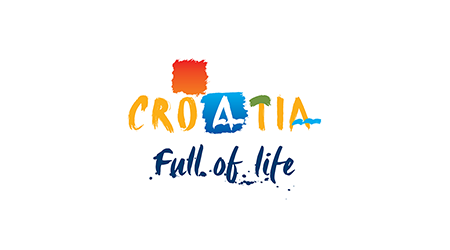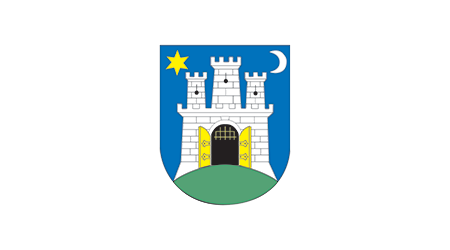Back to newsletter
Art Pavilion: Alexander Calder’s Magic of Sculptured Movement
An exhibition of works by Alexander Calder, one of the world's most important contemporary sculptors of the 20th century, will take place at the Art Pavilion in Zagreb from the end of September until the beginning of next year.
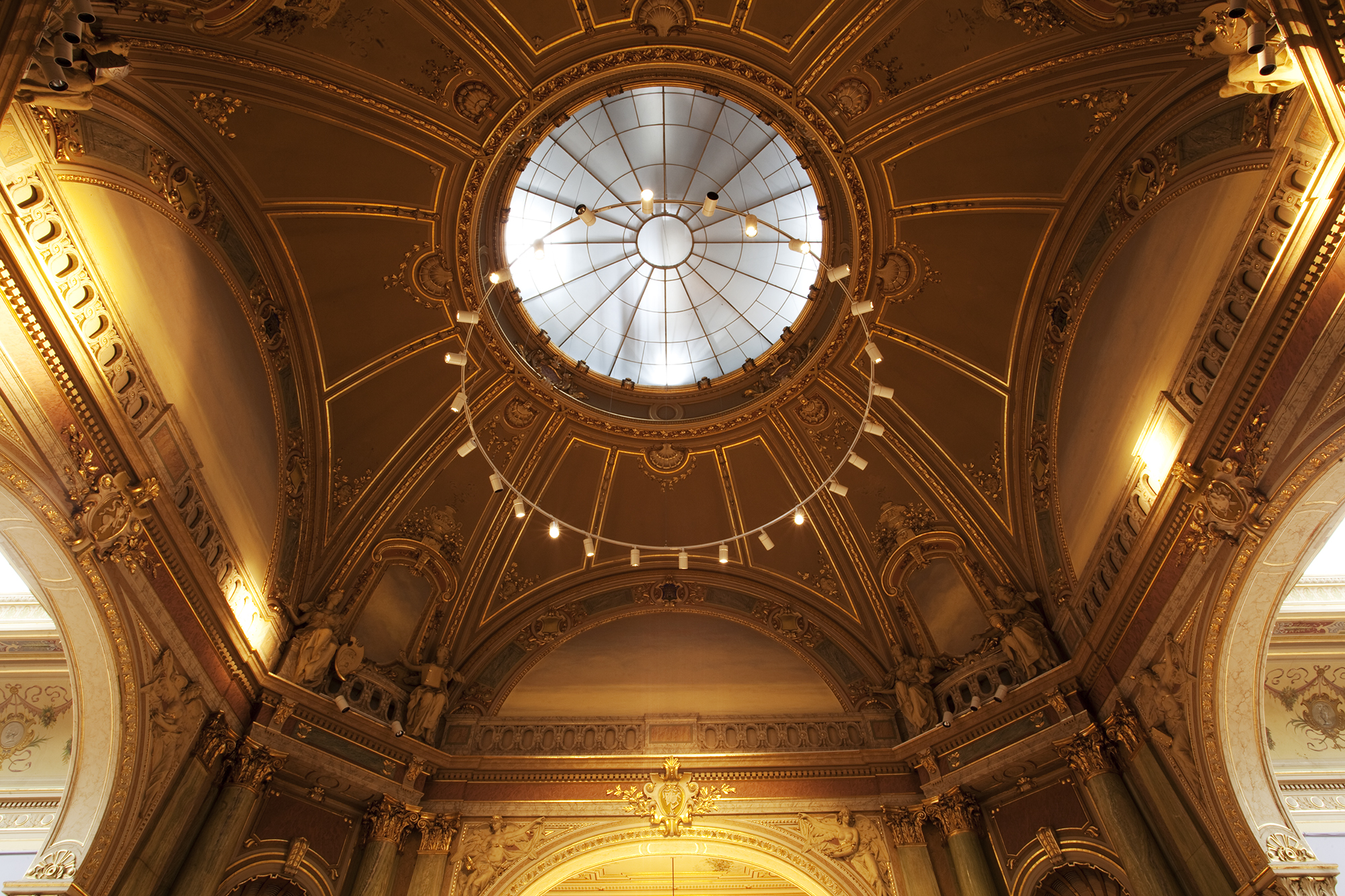 An exhibition of the oeuvre of American sculptor Alexander Calder at the Art Pavilion will be held from 26 September this year until 5 January next year as part of the series Greatest sculptors of the 20th century. This series began in 2014 with the exhibition of Joan Miró, followed by a retrospective exhibition of French sculptor Auguste Rodin and then with the exhibition of Swiss sculptor Alberto Giacometti.
An exhibition of the oeuvre of American sculptor Alexander Calder at the Art Pavilion will be held from 26 September this year until 5 January next year as part of the series Greatest sculptors of the 20th century. This series began in 2014 with the exhibition of Joan Miró, followed by a retrospective exhibition of French sculptor Auguste Rodin and then with the exhibition of Swiss sculptor Alberto Giacometti.
Calder's oeuvre focuses on kinetic art, i.e., a form of artistic expression in which movement is the main component of the aesthetics of an art object. Calder, who lived from 1898 to 1976, came from a family of famous sculptors, so he had his first lessons from his own grandfather and father. He continued his education with private lessons in painting, later continuing his studies in art in New York but also in engineering, a combination of knowledge important for his later artistic activity. In the twenties, he made his first sculptures in wood, and in 1927 his first mobile toys were made. In the late 1920s, he made his first wire figures, which dominated the early period of his work. In the early thirties, Calder met Mondrian, Miró, Arp and Duchamp in Paris and joined the Abstraction-Création Group. He also started working on his mobile sculptures, which are set in motion mechanically. Soon, his static monumental abstract constructions, which he called stabiles, were created. Calder's stabiles are a very important part of the history of kineticism and modern art, since they mark the breaking of the link between kineticism and mechanically driven works.
The exhibition at the Art Pavilion focuses precisely on the part of the sculptor's career that brought him global recognition. At that stage, he devoted himself to mobiles, carefully balanced structures that move under the influence of air currents, and to abstract structures, the stabiles.
Calder's mobiles and stabiles were awarded at the Venice Biennale in 1952, and can be seen nowadays in the most famous European and world museums, as well as across public spaces around the world.
In addition to the sculptures, the exhibition will also include paintings from the sculptor's oeuvre, which are usually closely related to the sculptural part of his work. Around fifty paintings will be exhibited. For this exhibition, sculptures and paintings were borrowed from the most important European museums.
The exhibition at the Art Pavilion in Zagreb is the first in Croatia and in this part of Europe that represents the work of this world renowned artist.
Published: 02.09.2019
 Hrvatski
Hrvatski English
English Deutsch
Deutsch Spanish
Spanish French
French Italian
Italian Russian
Russian Korean
Korean Japanese
Japanese Chinese
Chinese An exhibition of the oeuvre of American sculptor Alexander Calder at the
An exhibition of the oeuvre of American sculptor Alexander Calder at the 